
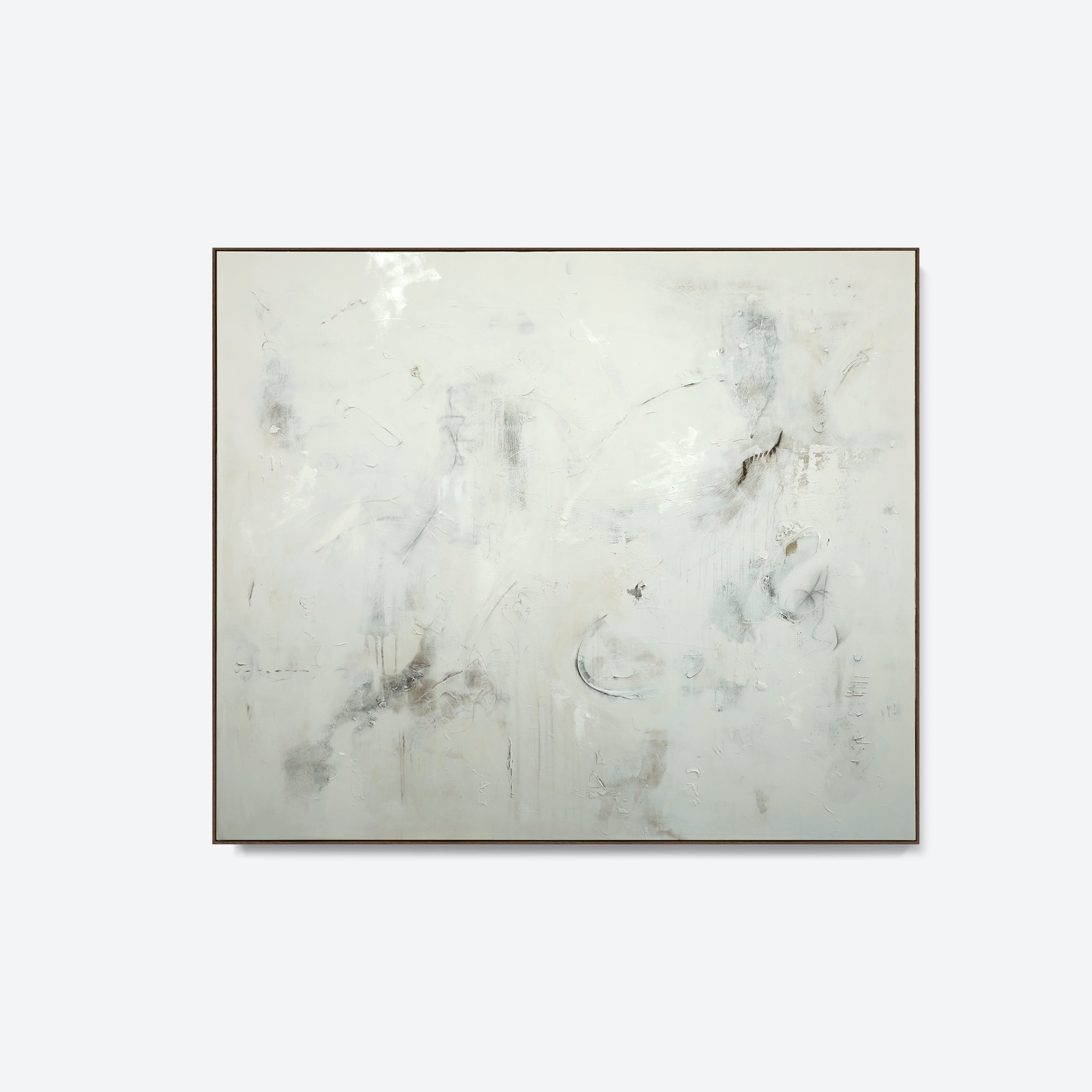




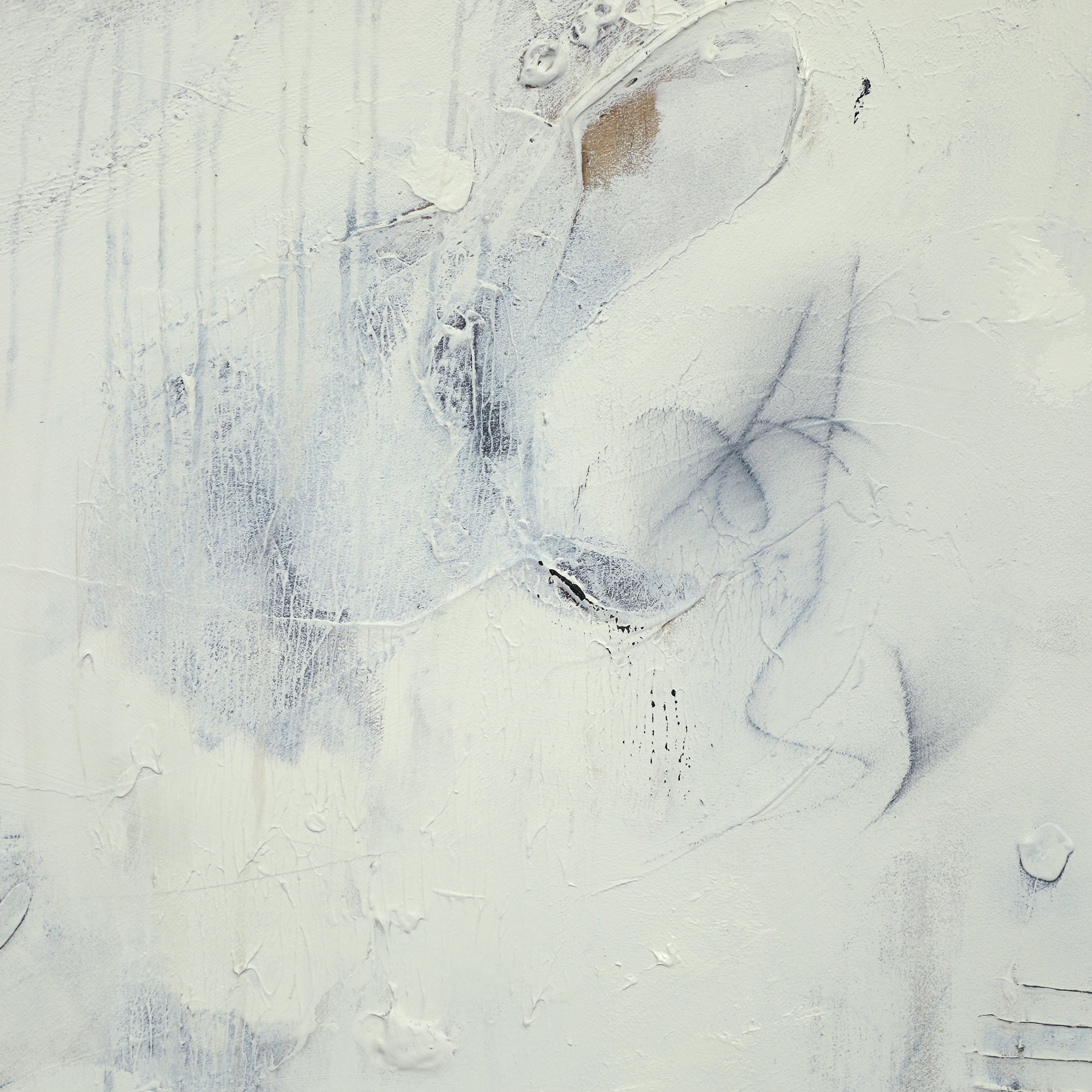
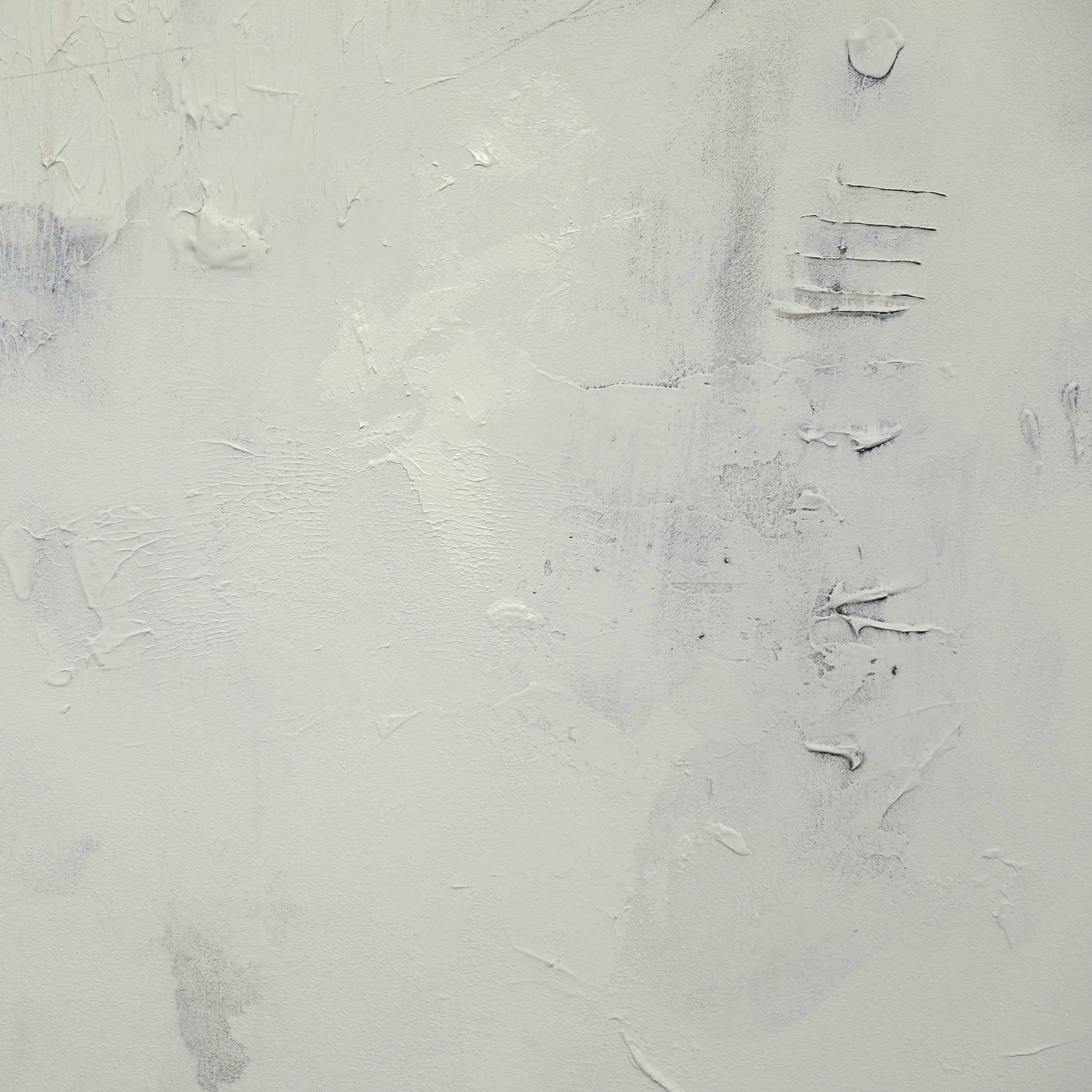
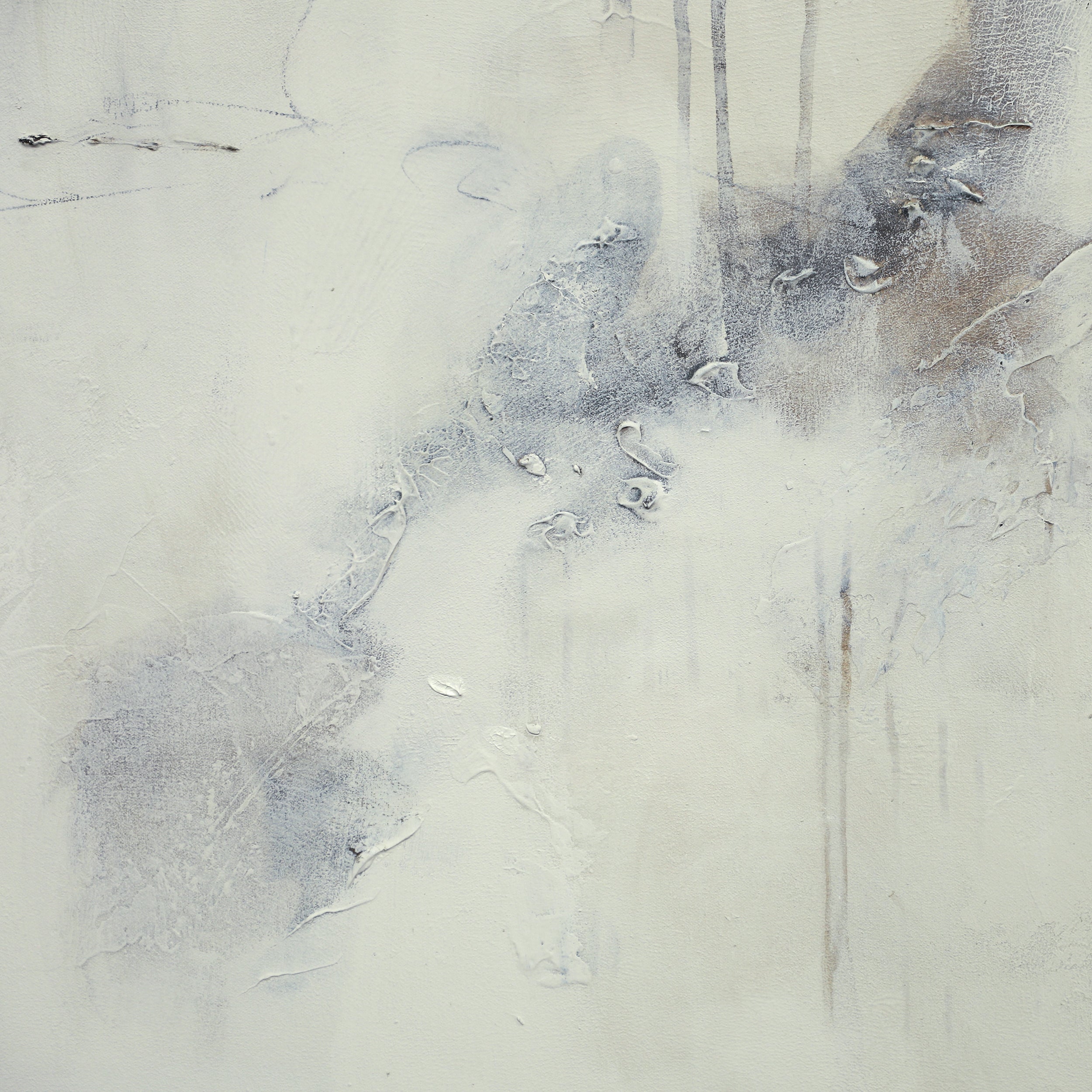
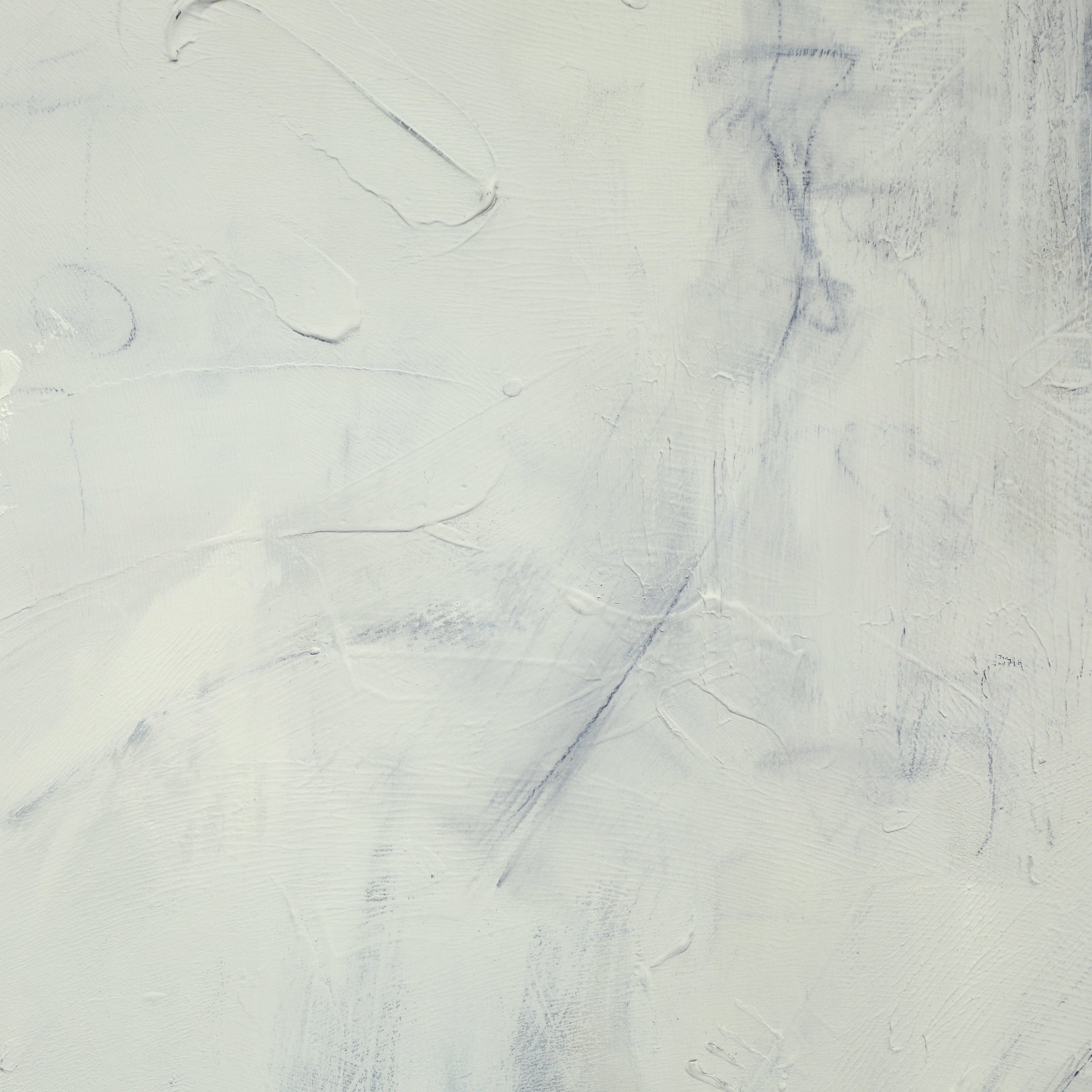
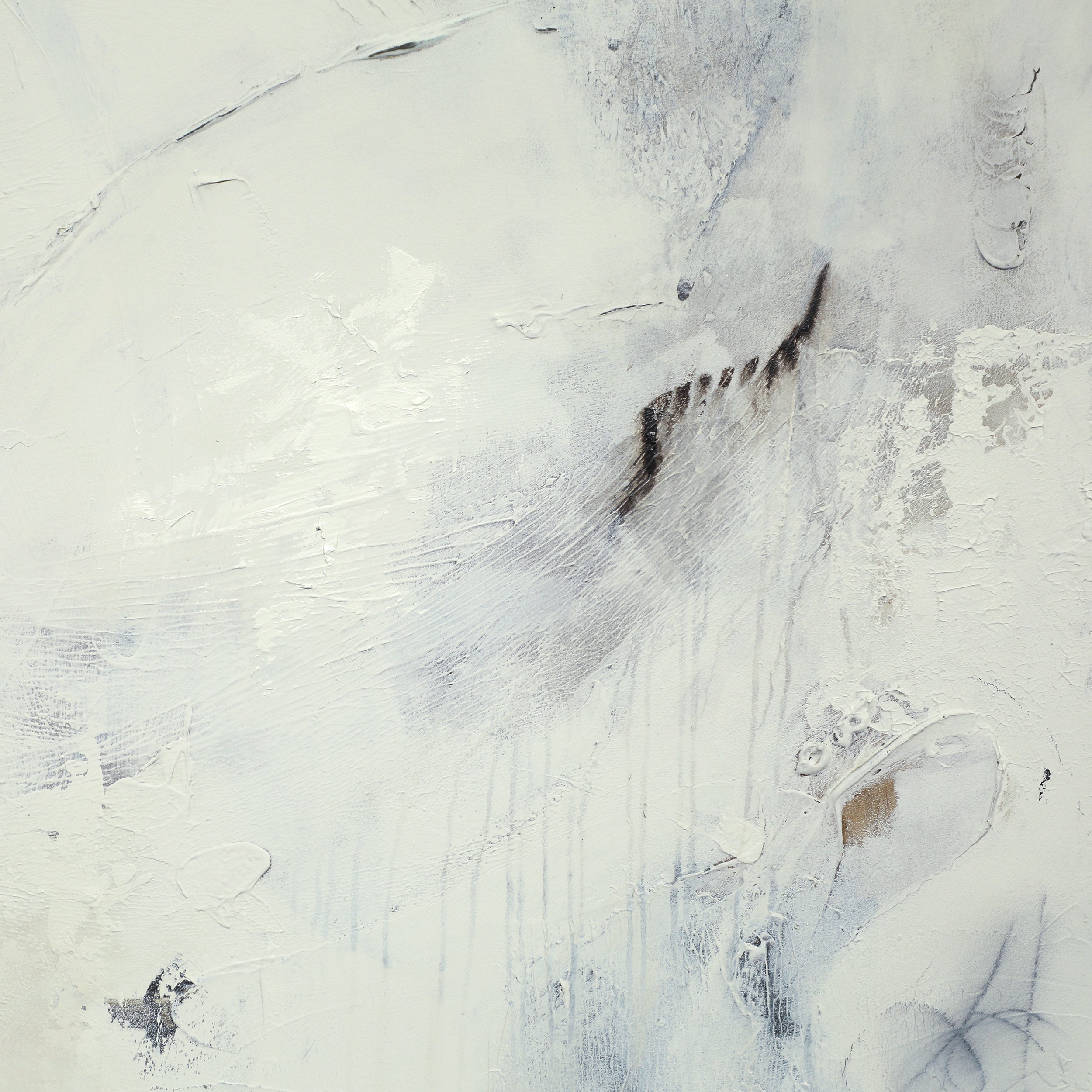
A letter from John Keats to Fanny Brawne, 13 October 1819
By the autumn of 1819, John Keats had already written many of the poems that would secure his place in literary history. But his health was declining, and the shadows of illness and uncertainty were closing in. In the midst of this, he wrote a letter to Fanny Brawne, the woman he loved with quiet intensity and desperation.
Their relationship had grown through exchanged notes, passing glances, and moments in the garden of Wentworth Place. Though they were engaged, they would never marry. Keats, suffering from the early signs of tuberculosis, was facing the limits of time and possibility.
This letter is often cited as one of the most heartfelt love letters ever written - not because of grand declarations or perfect prose, but because of how utterly exposed and true it feels. It reads like a man who had nothing left to lose but his words.
My dearest girl,
I am not at all well today. You had better not come. I am afraid to see you. I am strong, but not in health. I do not know how to bear your being so good to me. Nothing ever touches me so much as your tenderness. My dear love, I cannot tell you how uneasy I have been. You must believe. You shall. You will. I can do nothing, say nothing, think nothing but for you and about you.
My love has made me selfish. I cannot exist without you. I am forgetful of everything but seeing you again. My life seems to stop there. I see no further. You have absorbed me. I have a sensation at the present moment as though I were dissolving.
I have been astonished that men could die martyrs for religion. I have shuddered at it. I shudder no more. I could be martyred for my religion. Love is my religion. I could die for that. I could die for you.
Yours ever,
J. Keats
- $9,900 Free domestic shippingFor international shipping, please make an enquiry
- $9,900
- Unit price
- per
- Choosing a selection results in a full page refresh.